Surprising Stories: The Dazzling Truth about Marie-Antoinette’s Diamond Necklace

Omar Sy in Lupin, Netflix
In one of the opening scenes of Netflix’s latest hit TV series Lupin, the French actor Omar Sy contemplates a necklace in a glass display case: the audience barely has time to glance at the gems, when Sy cleverly manages to outsmart all the guards and pocket them. Following the suave gentlemen thief, we learn that he covets this particular necklace not only because of the spectacular jewels, but because it belonged to Queen Marie-Antoinette. For scholars and Marie-Antoinette fans alike, the references to the queen’s necklace conjures a political scandal that significantly tarnished her reputation. The story about the necklace is so captivating because the queen never wore it, but the fate of the diamonds remains a mystery: was the spectacular necklace prized for its beauty or because it was dissembled, the stones stolen and then sold on the antiques market? We revisit the true story behind the necklace in this issue of our Surprising Stories Series.
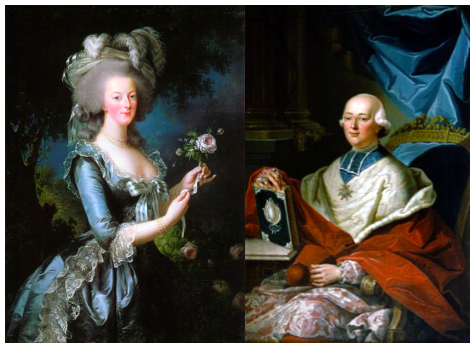
Elisabeth Louise Vigée-LeBrun, Portrait of Queen Marie-Antoinette, Anonymous portrait of Cardinal Louis Réne Edouard de Rohan
In 1770, when Marie-Antoinette arrived as an adolescent bride in France, she brought with her a great quantity of white diamonds from Vienna as part of her dowry. Upon her arrival, her father-in-law, King Louis XV, gave her pearls, diamonds and a necklace that belonged to his great grandmother Anne of Austria. Louis XVI also gifted her a diamond and ruby tiara from the royal collection and gave her even more diamonds on the occasion of the births of their four children. The queen therefore had a prodigious number of diamonds at her disposal. Given the queen’s predilection for diamonds, it is not surprising that the court jewellers, Charles Boehmer and Paul Bassenge, proposed a fabulously expensive necklace, of 650 diamonds weighing 2,800 carats for the price of 1,600,000 livres (approximately 15 million dollars today)— to the king and queen, hoping that the royal couple would buy it. The queen refused the offer, citing its extravagant price tag.
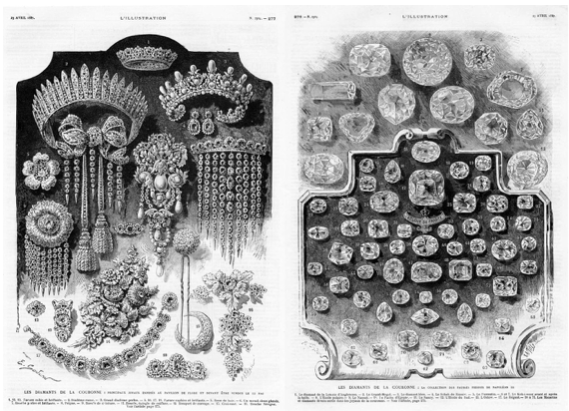
The jewellers, who were left holding the diamond necklace as their own stock, were desperate to sell it. In 1784, a trickster, Jeanne de La Motte, and her husband, convinced an aristocratic courtier, the Cardinal Rohan, that in order to curry favour with the queen, he should buy the necklace and give it to her as a gift. Counseled by La Motte, the ambitious cardinal met with a person he believed was the queen at a nocturnal assignation in the gardens of Versailles. In fact, La Motte had hired a local prostitute, Nicole Le Guay, to impersonate the queen. La Motte thus masterminded a confidence scheme: tricked into believing the queen wanted the diamond necklace, the cardinal gave a down payment to the jewellers and obtained the necklace that he then delivered to La Motte’s husband, who posed as the queen’s valet, thereby allowing La Motte and her husband to pocket the diamonds. They fled to London, quickly dissembled the necklace, and attempted to sell the gems on the London jewelry market..
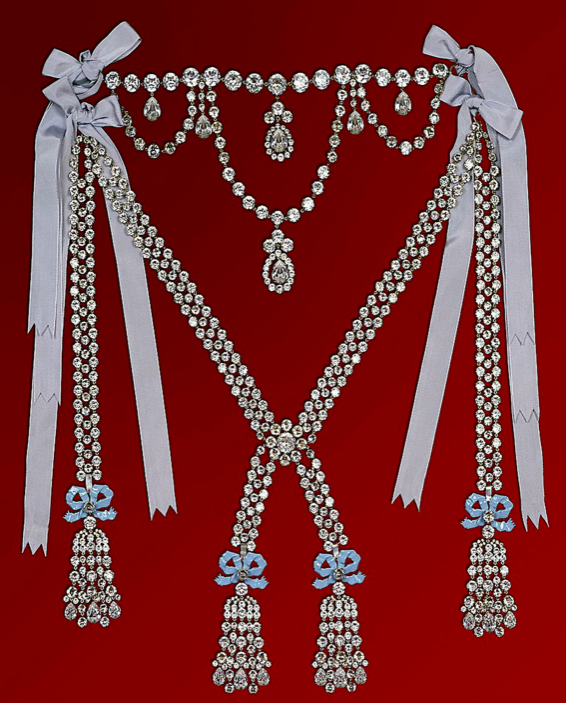
Reconstituion of the Queen’s Necklace in zircon, Château de Breteuil
When the queen learned of the scam, outraged by the cardinal’s audacity and La Motte’s thievery, the king had Cardinal Rohan arrested. Despite the queen’s innocence, the cardinal was not found guilty of abusing the queen’s confidence. Rather, the jury argued that he had not abused the queen’s name (a crime of lèse-majesté) because Marie-Antoinette had already established a reputation for disguising herself in the gardens of Versailles. The court’s decision—l’affaire du collier—thus forever sullied the queen’s character. La Motte, located in London attempting to sell the jewels, was extradited to France, found guilty, whipped, branded with a V for voleuse (thief) and sent to prison. She managed to escape, publishing her mémoires in 1789 continuing to malign the queen. Her husband was condemned in absentia to be a galley slave. Two additional victims of the scam were the jewellers themselves, who were financially ruined.
Historians have recognized the political ramifications of this scam which contributed to anti-royalist sentiments at the onset of the French Revolution, but the story of the queen’s diamond necklace continues to haunt the popular imagination. Gems associated with opulence and fidelity today, in the pre-banking world of the the eighteenth century, diamonds also served as ‘liquid assets.’ Perhaps the latest incarnation of Arsène Lupin will find another ending for the queen’s diamond necklace. Until then, we can rehabilitate Marie-Antoinette’s role in the most celebrated scandal of Old Regime France.
Interested in learning more about Marie-Antoinette? We have designed a specific Marie-Antoinette tour at Versailles. Read more about this half day excursion to Versailles at this link.



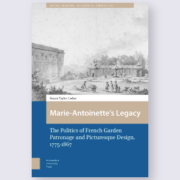

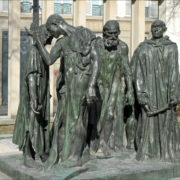

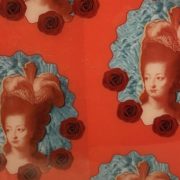


Leave a Reply
Want to join the discussion?Feel free to contribute!